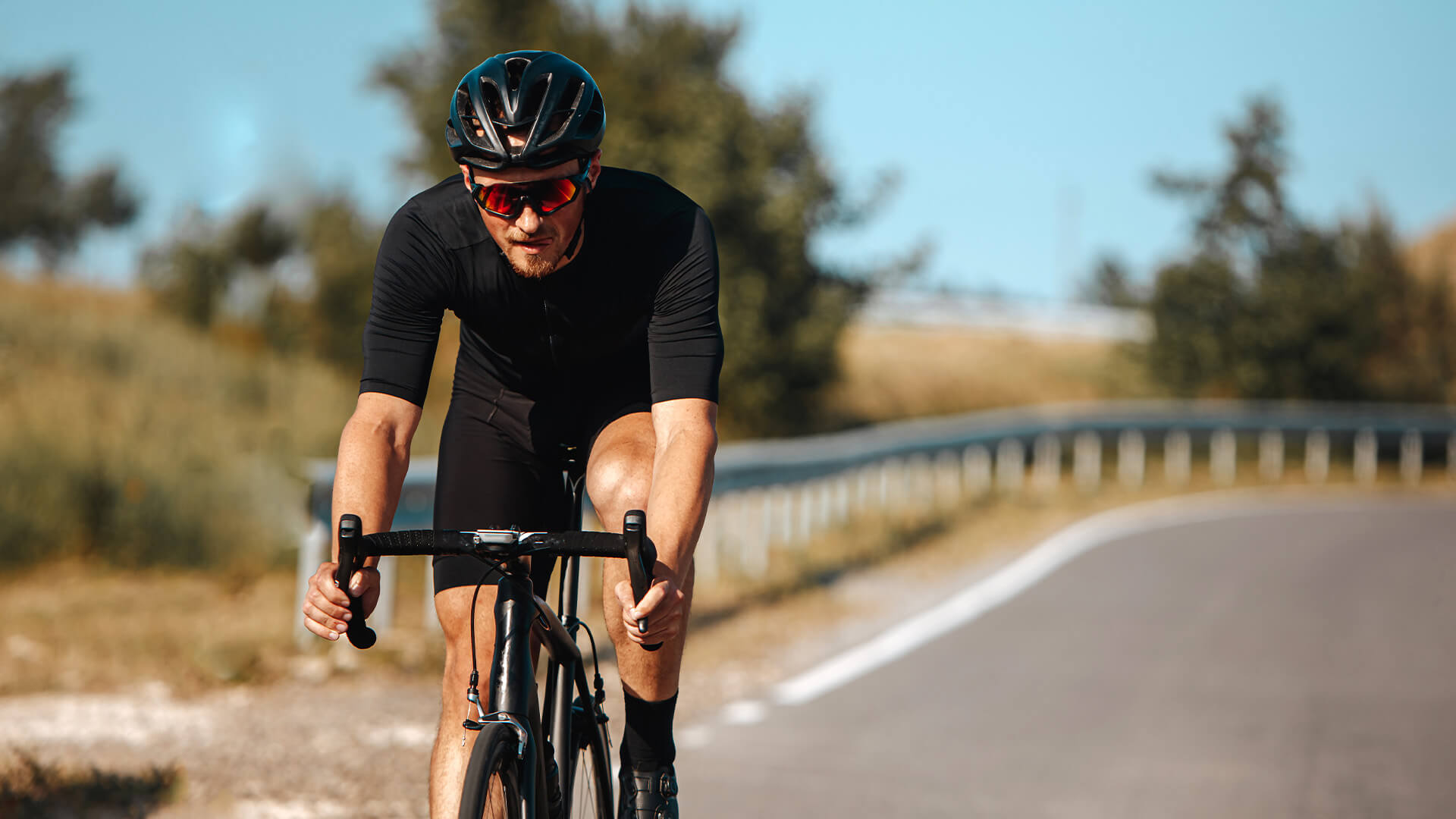
Whether you’re cycling on your commute or a large-scale cycling holiday, the last thing you want is for your journey to grind to a halt and lose your momentum. Many of us who are constantly on our bikes might prefer to feel lightweight rather than carrying lots of things, but having a cycling kit with you wherever you go can keep you prepared for even the worst-case scenarios.
If you’ve never packed a kit before, you might be stuck for ideas of what to bring with you. Luckily, Ben Mercer of Leisure Lakes Bikes, a retailer of high-quality mountain bikes around the UK, has offered expert insight into what you need for the ultimate essential cycling kit.
The three kits – tool, first aid, and patching
Within your essentials kit, there will always be the three smaller kits that can make life so much simpler as a preventative measure against unexpected bike issues. The first is a small tool kit of travel-size screwdrivers, spanners, and allen keys that can fix and adjust parts on your bike at a moment’s notice.
The next is a first aid kit. Look, accidents happen, and wherever you cycle, there’s always a chance you could pick up an injury, no matter your ability level. Things to clean wounds like antiseptic wipes and standard bandages or gauze pads can be good to have on you for any falls, and it can be a game-changer in any emergencies.
Your patch kit and some spare tubes should be the final smaller kit within your essentials kit. Your tyres are something you want to protect and be able to fix to prevent being stranded, and sharp debris can appear on any road or cycling trail.
Knowing where you are and where you’re going
Your cycling trips may take you to locations brand new to you and your party, which is why it’s important to know exactly where you are and where you’re going. Your routes should be scoped well before you set off, but bringing some form of GPS that can even be your phone mounted on your handlebars can help a lot. Portable chargers should also be the first thing you pack so they don’t die on you.
This way, you can know your location and find your way back in case you get lost. Things might get more serious, and during these emergencies, you’ll need some form of identification, whether that’s your passport, driving license, or some other photo ID, as well as any medical information and emergency contact information that you think would be useful.
It might sound like overkill, but with government data finding that serious injuries to cyclists increased by 27% between 2006 and 2021, it’s important to be ready for the worst-case scenario. Remember the adage: “If you fail to prepare, prepare to fail.”
Keep yourself fed and hydrated
When we’re deep into our rides, it can sometimes slip our minds to take care of ourselves, and it can affect not only our physical performance but our mentalities as well. Every cyclist’s kit should include something to stay hydrated and keep nutrition up to standards.
Energy gels, protein bars, and breakfast bars are fantastic for a quick, sugary pick-me-up when we’re behind the handlebars of our bike, especially as you can eat them quickly and carry them on your journey.
Hydrating is important during all kinds of rides, not just long ones. Every human is advised to drink around two litres of water every day, but during intense exercise like long journeys, this should increase by 500ml each hour you keep cycling. Whether it’s a rehydrating sports drink with lots of electrolytes or just a bottle of water (or we’d advise both!), keeping something on you is a true necessity.
There’s much more that you can include depending on your preferences, which can be everything from a bike lock if you’re planning lots of stops and want to keep your bike secure to extra thermal clothing that can be easily put on and taken off depending on the weather. This guide can be used as a jumping-off point to build out your kit, as it can be unique to your individual needs as a cyclist.



















